I have a datagridview in WinForm C# application called custFleetDataGrid
I've tried to create a method which will set each column to invisible if all the rows are null or ""
The code does not work as expected, columns with blank data remain in the grid view.
I'm calling Code like this
custFleetDataGrid.RemoveEmptyColumns();
Method I'm using to remove NullColumns
public static class ExtensionGridView
{
public static DataGridView RemoveEmptyColumns(this DataGridView grdView)
{
foreach (DataGridViewColumn clm in grdView.Columns)
{
bool notAvailable = true;
foreach (DataGridViewRow row in grdView.Rows)
{
if (row.Cells[clm.Index].Value == null || row.Cells[clm.Index].Value.ToString() != "")
{
notAvailable = false;
break;
}
}
if (notAvailable)
{
grdView.Columns[clm.Index].Visible = false;
}
}
return grdView;
}
}
